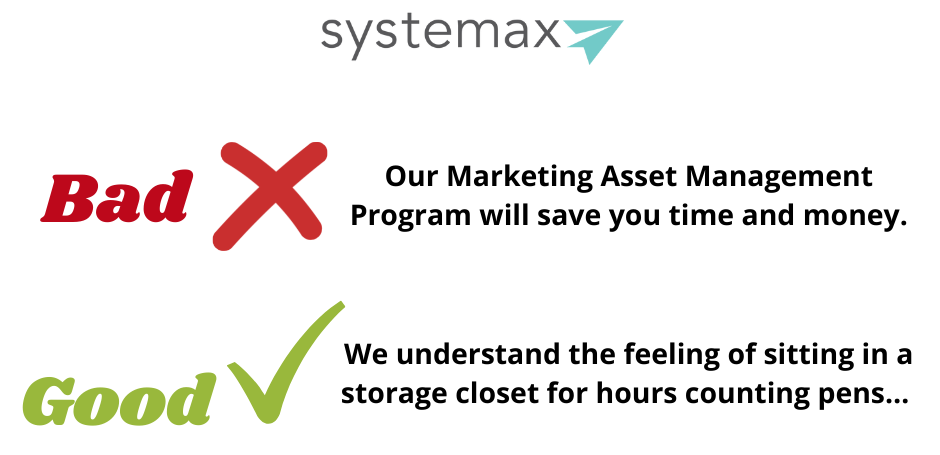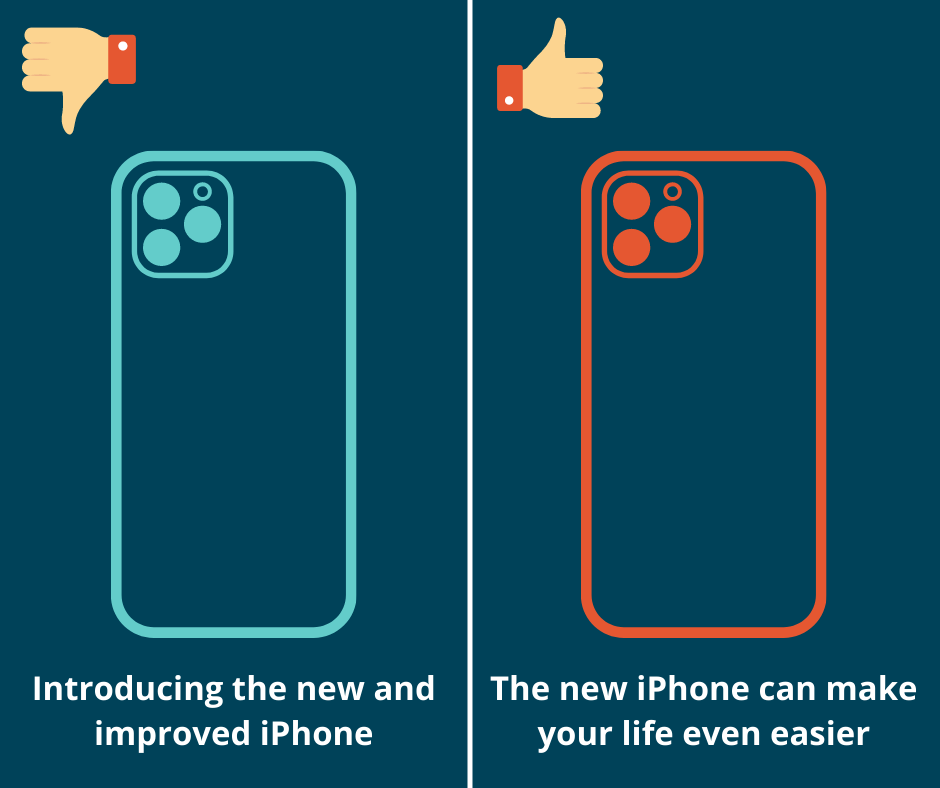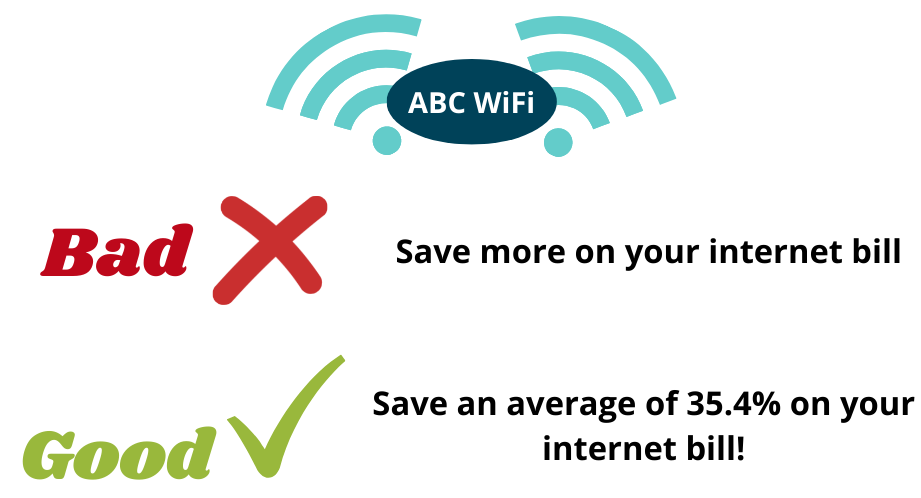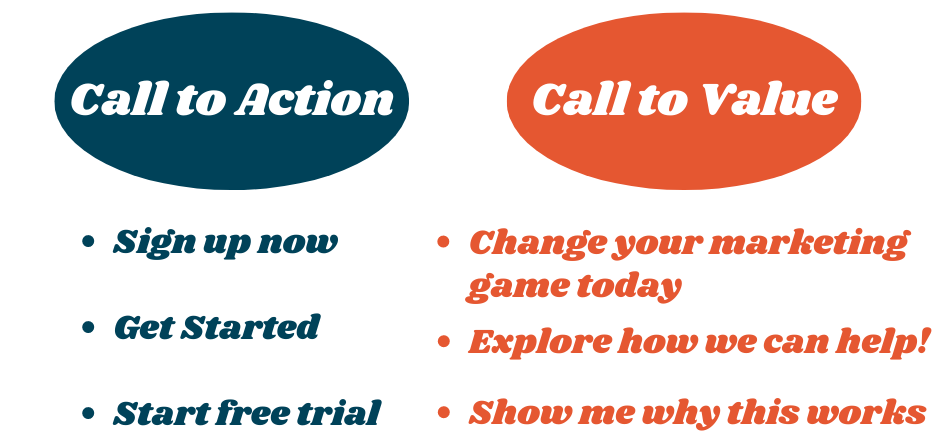Take Note: 4 Steps to Write Copy that Converts
1. Connect with Your Audience
- What is the customer looking for?
- What are the pain points and needs of the audience?

Don’t write for the entire audience, write as if you’re talking to a single person in that audience. People want to feel special, not roped into a group.
This may call for you to change your voice in your writing. Your copy should read as if your customer wrote it themselves. As painful as it may be to a copywriter, don’t be afraid to break the laws of grammar. (Definitely remember to turn off your Grammarly browser.) Not sure what voice to use? Breaking down your audience into personas will make it clear!
MoonPie is notorious for writing off-the-wall content. As a reader, you don’t feel like you’re being sold to when the copy is kept casual.

Don’t tease the solution – you don’t want to waste time trying to reel them in!






